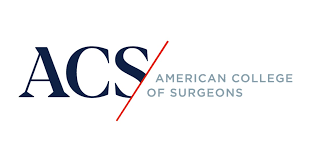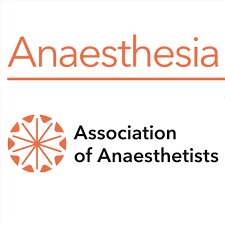Charlotte surgical institute launches as US hub for robotic, minimally invasive training

Editor's Note A new medical training institute in Charlotte, North Carolina, is positioning itself as a major national destination for robotic and minimally invasive surgery education, Axios Charlotte October 29 reports. The North American headquarters of IRCAD (Institut de Recherche contre les Cancers de l’Appareil Digestif, or Research Institute Against…
Endoscopy case highlights risks of complex patients in ASCs

Editor's Note A malpractice case involving a 69-year-old man undergoing an endoscopy at an ambulatory surgery center (ASC) spotlights the risks of managing high-comorbidity patients outside a hospital setting. According to a May 13 report in Anesthesiology News, the patient experienced a hypoxic event that led to permanent brain injury…
ACS issues new best practices for managing genitourinary trauma

Editor's Note The American College of Surgeons (ACS) has released updated Best Practices Guidelines for the Management of Genitourinary Injuries, providing trauma teams with evidence-based recommendations to improve outcomes for patients with injuries to the kidneys, bladder, ureters, urethra, and genitalia. According to an ACS August 26 news release, the…
New guidelines address critical airway challenges in obese surgical patients

Editor's Note A multidisciplinary expert panel has released the first evidence-based airway management guidelines specific to patients living with obesity. Published June 5 in Anaesthesia, the 43-point framework—developed by the Society of Obesity and Bariatric Anaesthesia (SOBA)—offers perioperative strategies aimed at improving the safety and consistency of care in a…
Study: Procedural sedation causes heat loss on par with general anesthesia in endoscopy patients

Editor's Note Research shows patients undergoing procedural sedation for endoscopic procedures experience significant and often undetected heat loss comparable to that seen during general anesthesia despite widespread assumptions that sedation preserves thermoregulation. Findings were published May 27 in The Journal of PeriAnesthesia Nursing. Conducted at a tertiary hospital in…
Five strategic paths help GI practice owners navigate rising costs, consolidation

Editor's Note Independent gastroenterology (GI) practices face mounting pressures from inflation, labor shortages, and regulatory burden, but five distinct strategies offer owners a path forward, Gastroenterology & Endoscopy News May 23 reports. As detailed in the article, GI practices—especially smaller ones, which make up the majority of the approximately 2,100…
Surgeons remove spinal tumor through eye socket in unprecedented procedure

Editor's Note In a world-first procedure, surgeons used an innovative transorbital approach to access a cancerous chordoma wrapped around the cervical vertebrae and spinal cord of a 19-year-old woman, bypassing structures that would have been endangered by a more traditional surgical route. Medical Xpress reported the news May 5. As…
Borescope inspections reveal widespread contamination in lumened surgical instruments

Editor's Note Conventional cleaning protocols fail to remove visible soil and debris from lumened surgical instruments, raising urgent concerns about patient safety and sterilization efficacy. That’s the central finding of a study published February 11 in The American Journal of Infection Control, which used borescopes to inspect the lumens of…
Literature review: Endoscope disinfection failures highlight need for stronger sterilization practices

Editor's Note High-level disinfection (HLD) fails to reliably eliminate harmful microbes from flexible endoscopes in real-world healthcare settings, according to a review of endoscope processing effectiveness published April 8 in the American Journal of Infection Control. The review highlights routine breaches in cleaning protocols and links contaminated endoscopes to numerous…
Study: Cannabis use complicates sedation, cancer care

Editor's Note Cannabis users may require higher doses of anesthetics during sedation and experience worse physical and psychological symptoms during cancer treatment, according to an April 7 announcement from the University of Oklahoma (OU). Publishing in the journal Gastrointestinal Endoscopy, a multidisciplinary team of university researchers found that cannabis users…

 Free Daily News
Free Daily News